Your antivirus application keeps blocking outbound connections from C:/windows/WOW64/dllhost.exe? WOW64 dllhost.exe Trojan sneaks into your system which is consumed by many processes of the dllhost.exe? You have tried many tutorials without luck? You don’t know to do now?
Please take it easy, to make sure you have a effective removal guide to get rid of WOW64 dllhost.exe Trojan from your system, please read this post carefully.
Trying to WOW64 dllhost.exe Trojan
WOW64 dllhost.exe Trojan is a very pesky threat for computers. It is a member of Trojan horse family. It can attack almost every windows system such as Windows Xp, Windows 7/8. The first strategy to know about it is that it does not ask permissions and do not give any notification but secretly injects into the systems. WOW64 dllhost.exe Trojan can run into the system with such means:
With the suspicious attachments of spam emails
Files sharing in network environment
Visiting pornographic websites
Use of removable storage device such as pen drive, CD/DVD. Etc
Clicking on unknown links while working on Internet
Peer to peer file sharing and others
Once WOW64 dllhost.exe Trojan gets installed on the target computers, it will alter all the registry files data, corrupt the system data files. It is hard to find in the infected files. It also opens a black hole for the other malwares to enter through internet. And WOW64 dllhost.exe Trojan also helps the hackers stole the ids and passwords from the cookies of browsers. The targeted PC may suffer slow system performance. To protect your system against various trouble, and to stop exposure to many viruses over the internet, you have to remove WOW64 dllhost.exe Trojan immediately.
Quick and Easy Removal of WOW64 dllhost.exe Trojan
Means 1: RemoveWOW64 dllhost.exe Trojan Manually
STEP 1 Reboot your computer in safe mode with networking.
For Windows 8:
Press the Power button at the Windows login screen or in the Settings charm. Then, press and hold the” Shift” key on your keyboard and click Restart.
Click on Troubleshoot and choose Advanced Options. Then click on Startup Settings and select Restart. Your PC will restart and display nine startup settings. Now you can select Enable Safe Mode with Networking.


Windows 7/Vista/XP:
Reboot your PC and then log on Safe mode with networking.
Restart your computer; Press F8 key before the window launches; Choose Safe mode with network option.
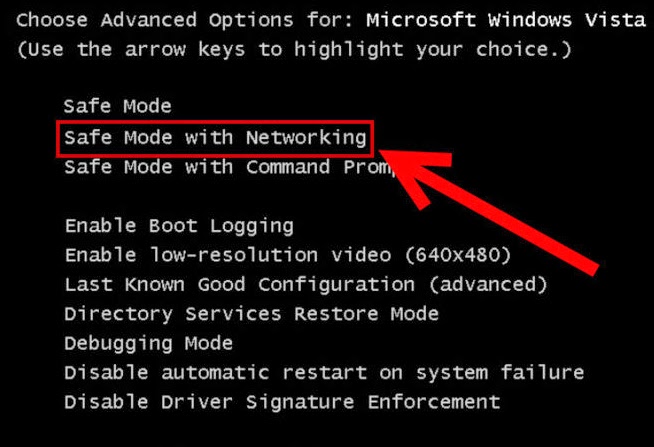
STEP 2 End the processes related to WOW64 dllhost.exe in Windows Task Manager.
Windows 8:
Right-click the taskbar and select “Task Manager”. Click “More details” button when you see the Task Manager box. After that, hit “Details” tab to find out the processes of the Trojan and then hit the End task button.
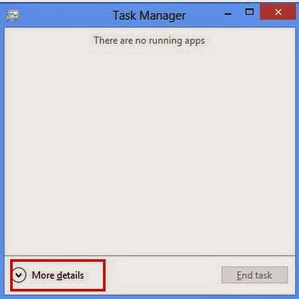
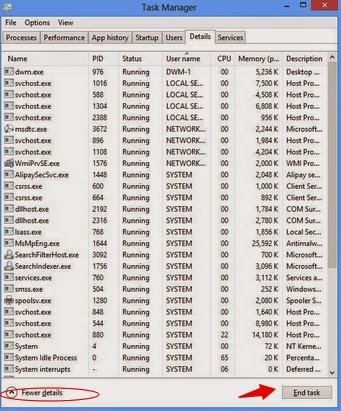
Windows 7/Vista/XP:
To stop all related processes, press CTRL+ALT+DEL to open the Windows Task Manager. Click on the “Processes” tab, search related processes and then right-click it and select “End Process” key
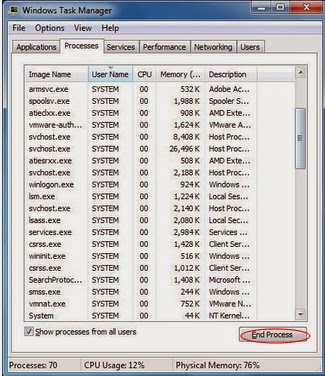
STEP 3 Uninstall any dubious PUP from computer
For Windows 7/Vista: Click “Start” (“Windows Logo”)>”Control Panel“>”Uninstall a program“(under Program)>look for any dubious programs, select them and click Uninstall/Change.
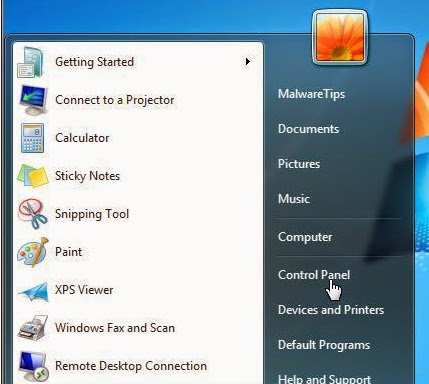
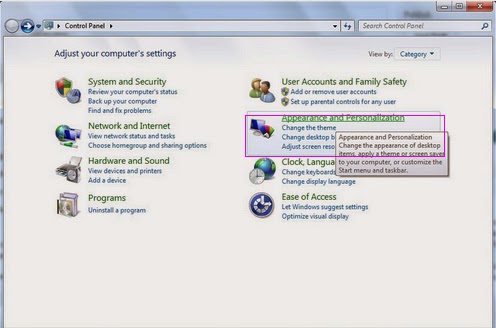
For Windows 8: Right-click on the screen’s bottom-left corner> “Control Panel” >”Uninstall a program“(under Program)> Look for any dubious programs, select them and click Uninstall/Change.

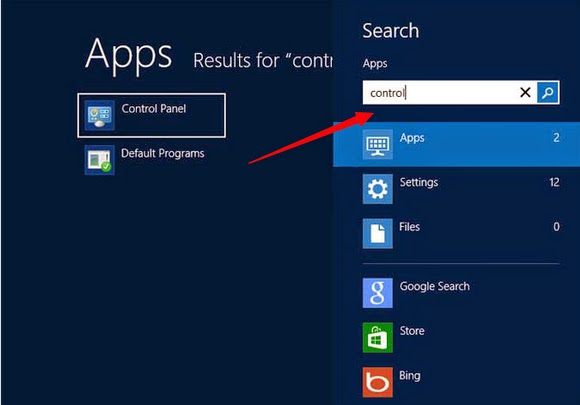
STEP 4 Show hidden files and folders.
Windows 8:
Open Windows Explorer from the Start screen. Click View tab. Tick “File name extensions” and “Hidden items” options and then press OK to show all hidden items.
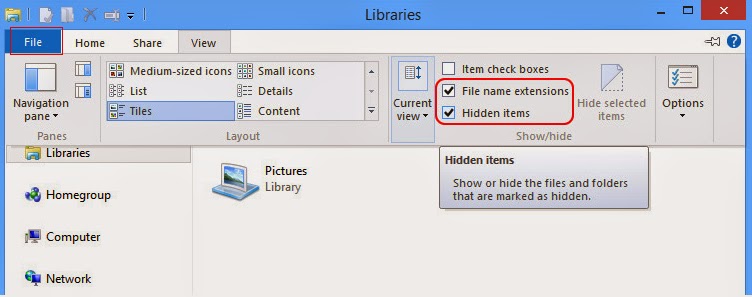
Windows 7/Vista/XP:
1. Close all programs so that you are at your desktop.
2. Click on the Start button. This is the small round button with the Windows flag in the lower left corner. 3. Click on the Control Panel menu option.
4. When the control panel opens click on the Appearance and Personalization link.
5. Under the Folder Options category, click on Show Hidden Files or Folders.
6. Under the Hidden files and folders section select the radio button labeled Show hidden files, folders, or drives.
7. Remove the checkmark from the checkbox labeled Hide extensions for known file types.
8. Remove the checkmark from the checkbox labeled Hide protected operating system files (Recommended).
9. Press the Apply button and then the OK button.
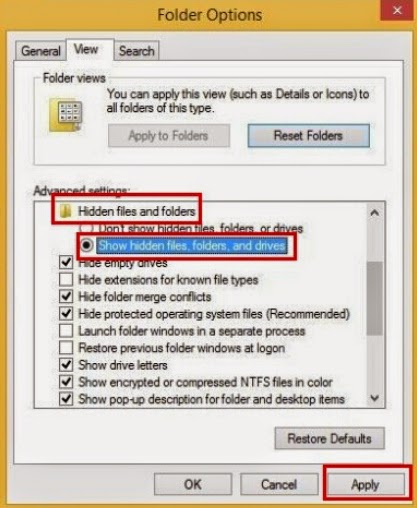
STEP 5 Find out and delete associated files of WOW64 dllhost.exe listed below:
%UserProfile%\Application Data\Microsoft\[random].exe
%User Profile%\Local Settings\Temp
%Documents and Settings%\All Users\Start Menu\Programs\[Bad Image]
%Documents and Settings%\All Users\Application Data\[ Bad Image]
%Program Files%\[ Bad Image]
STEP 6 Find out and remove the registry entries as below:
Windows 7/Vista/XP:
Step: Hold down the Windows key on your keyboard and press the "R" button. Type in "regedit" and hit "Enter" to gain access to the Registry Editor.
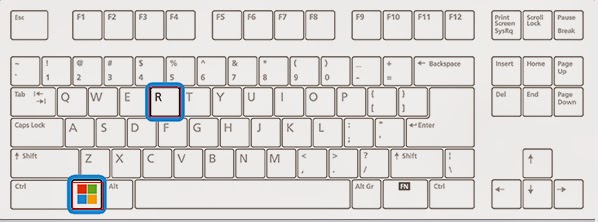
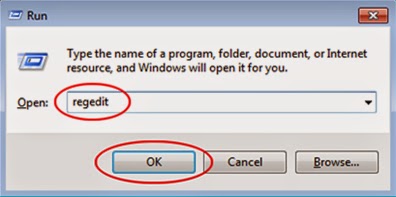
If you are Windows 8 users:
Press Windows Key+R, go to run, then type “regedit” in the box to open Registry Editor, after that, and then find out the registry entries below:
HKEY_LOCAL_MACHINE\SOFTWARE\Microsoft\Windows\Current Version\Uninstall\[Bad Image]
HKEY_LOCAL_MACHINE\SOFTWARE\Microsoft\Windows NT\CurrentVersion\Image File Execution Options\msmpeng.exe
HKEY_LOCAL_MACHINE\SOFTWARE\Microsoft\Windows NT\CurrentVersion\Image File Execution Options\msseces.exe
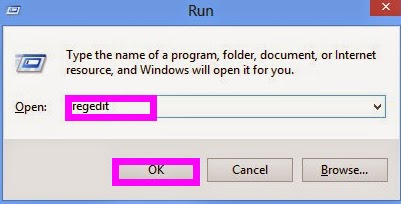
Means 2: Remove WOW64 dllhost.exe Trojan Automatically
1. Download Removal Tool Here!
2. Installing the tool on your system by following the quick menu of the prompts on the Windows.
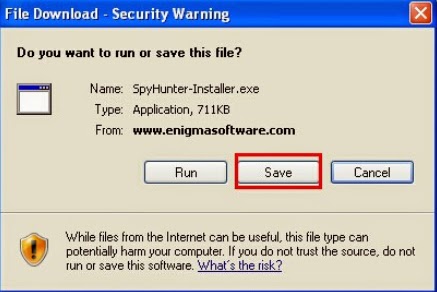
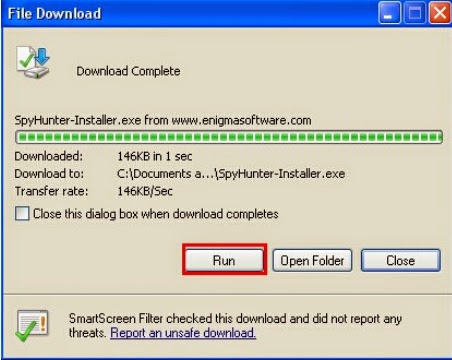
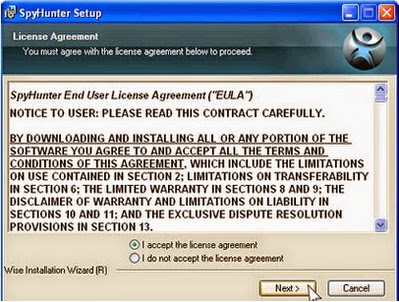
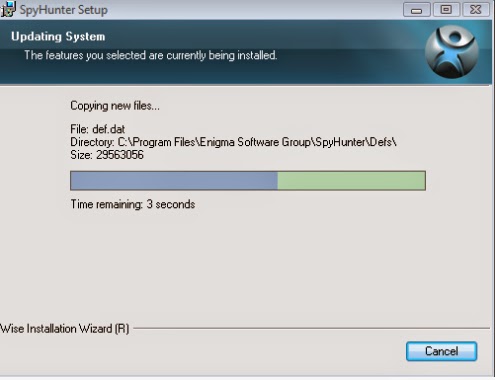
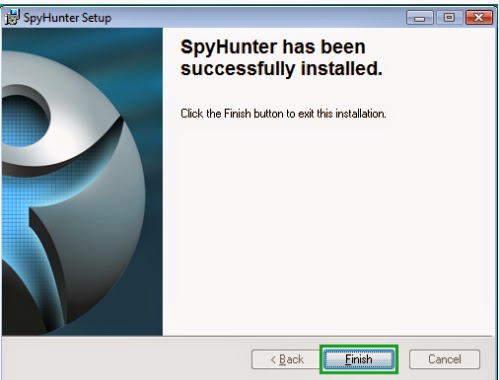
3. Start a full scan on your PC to detect and pick up this infection and related add-ons.
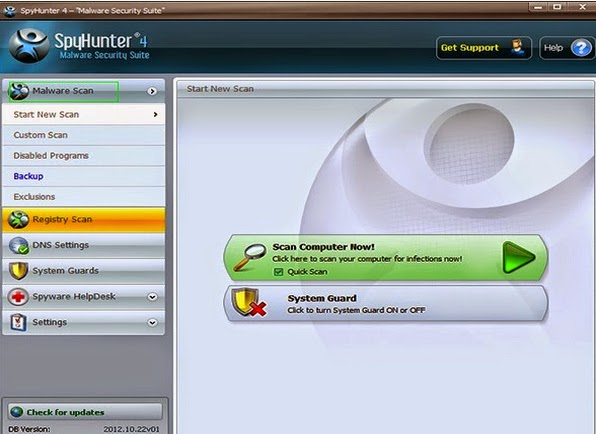
4. Click remove button to clear up all infected files.
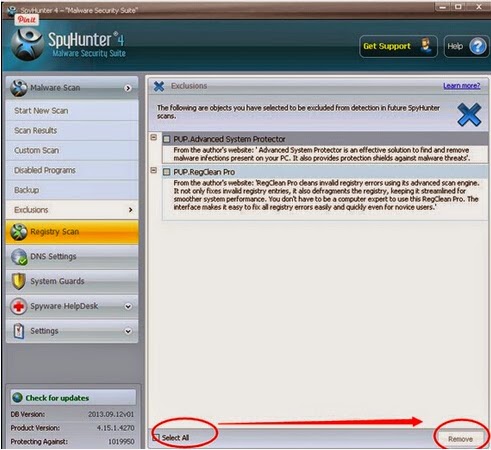
Special Note:
The above manual removal of WOW64 dllhost.exe Trojan is quite dangerous and complicated, which needs sufficient professional skills. Therefore, only computer users with rich computer knowledge are recommended to implement the process because any errors including deleting important system files and registry entries will crash your computer system. so we suggest you downloading effective and tested removal software here to get rid of WOW64 dllhost.exe Trojan quickly and safely.
No comments:
Post a Comment